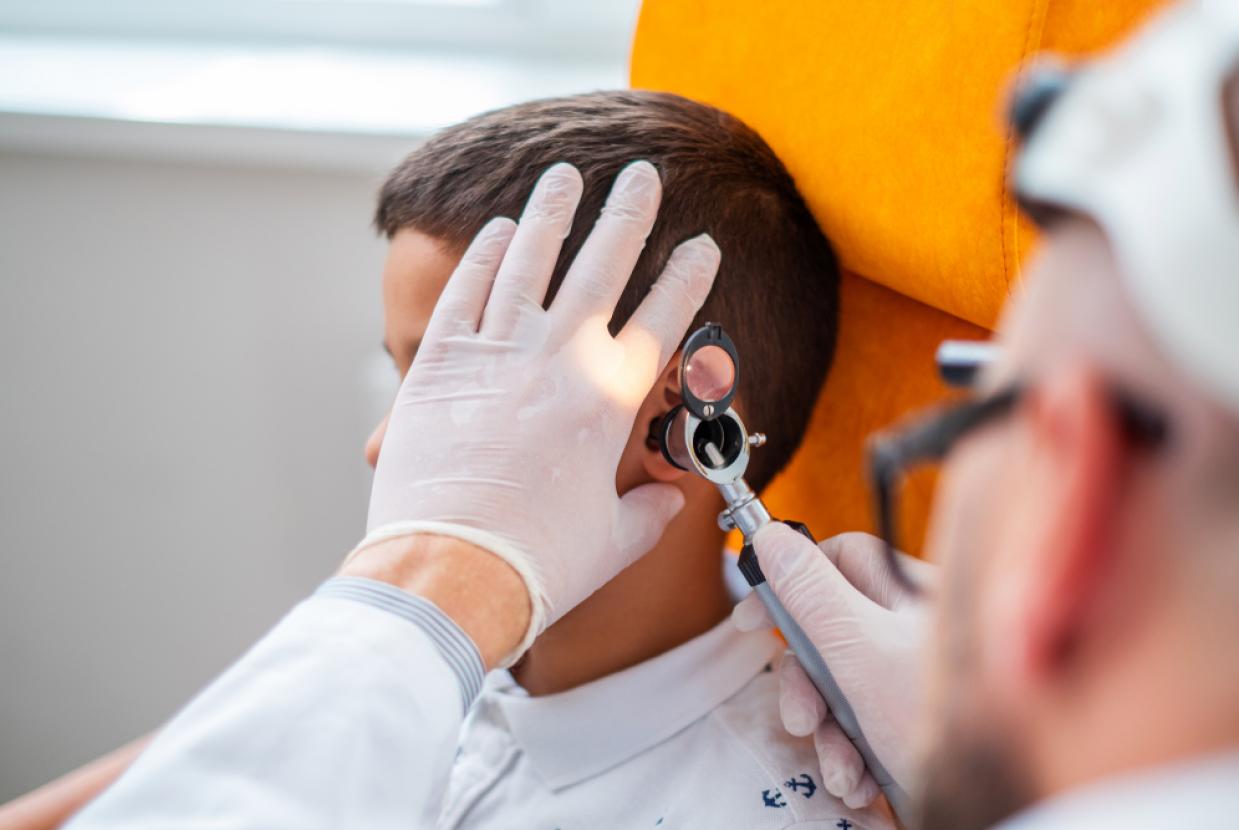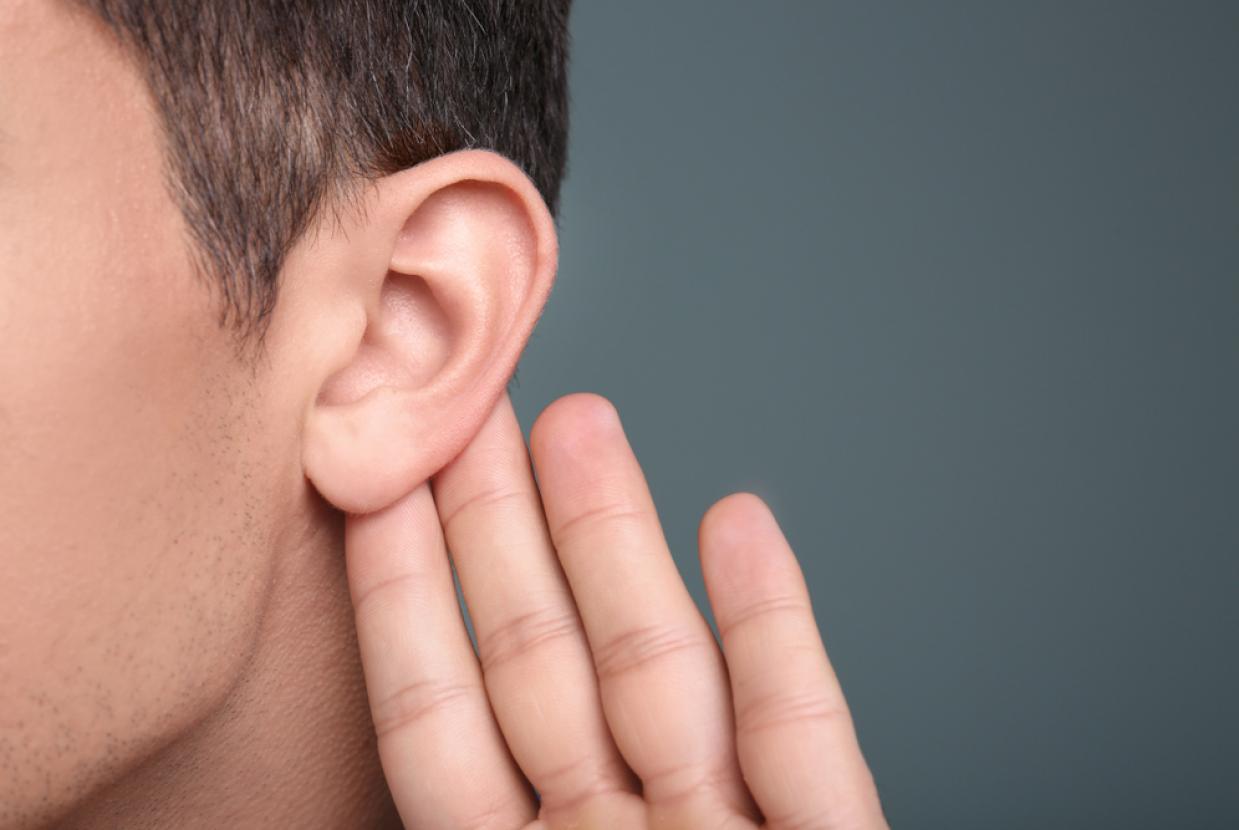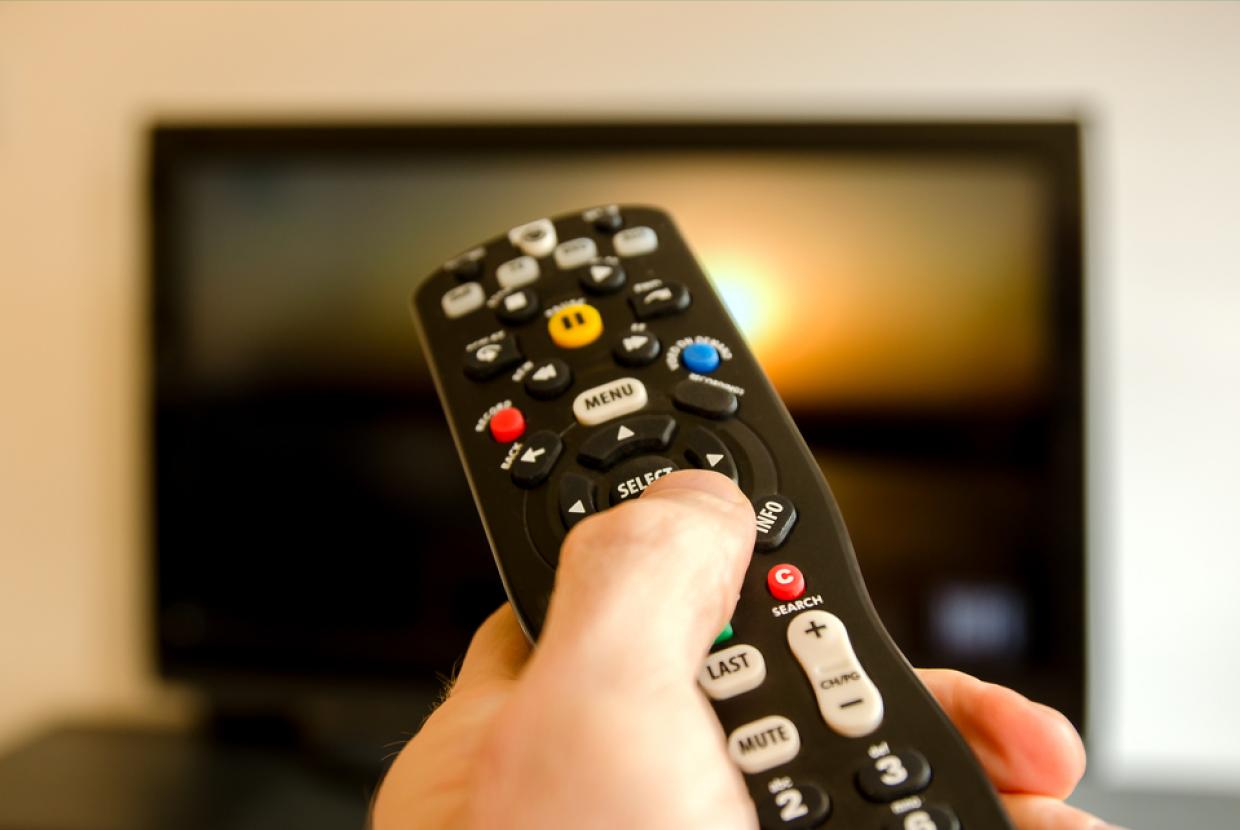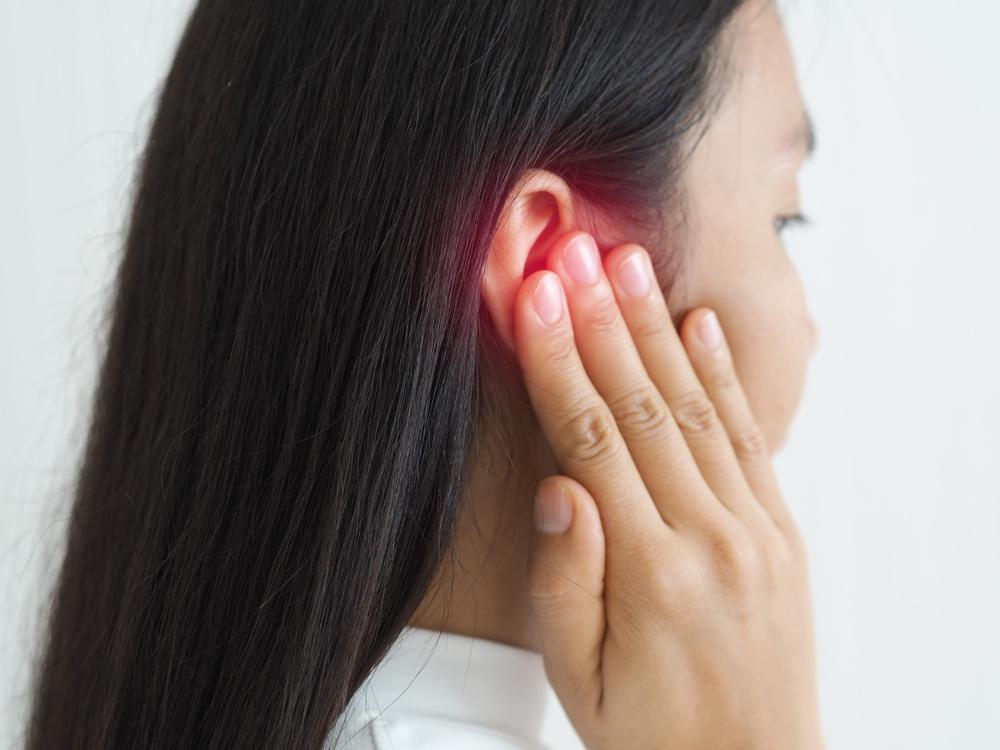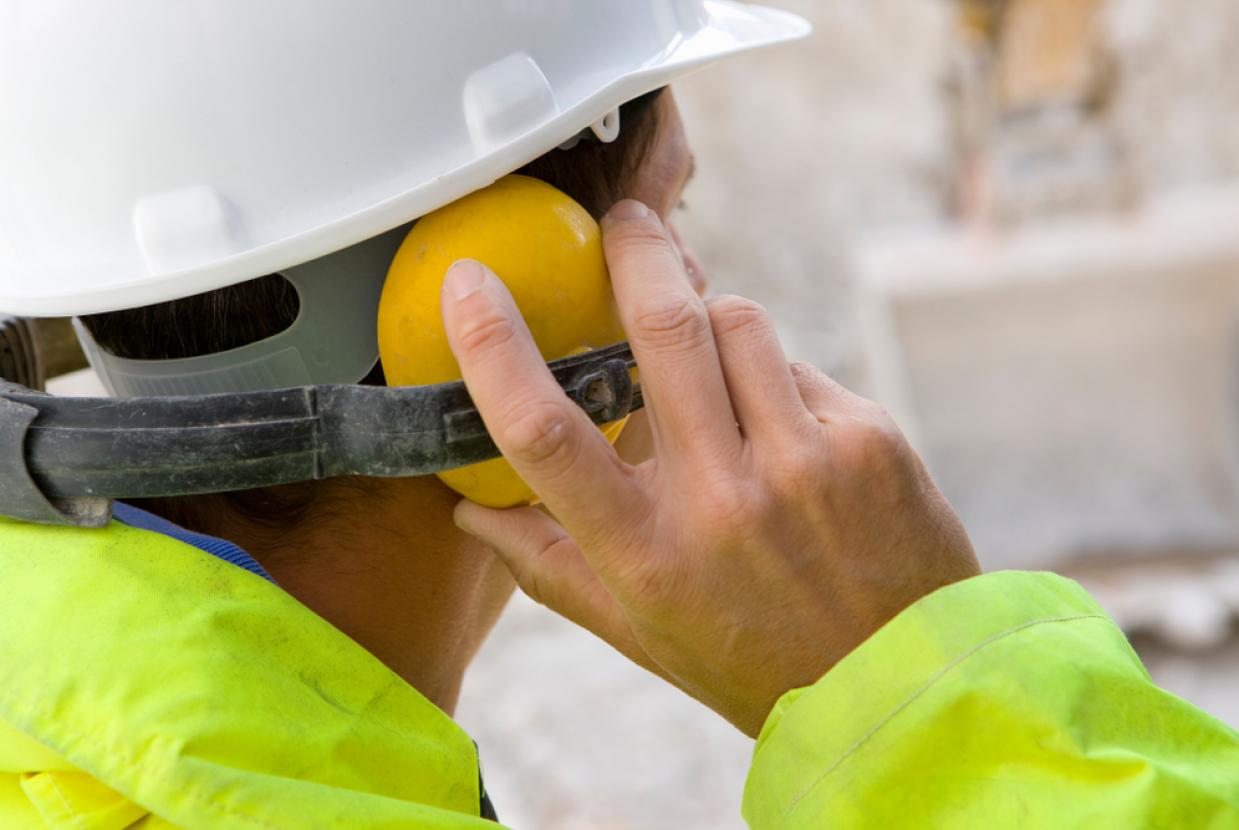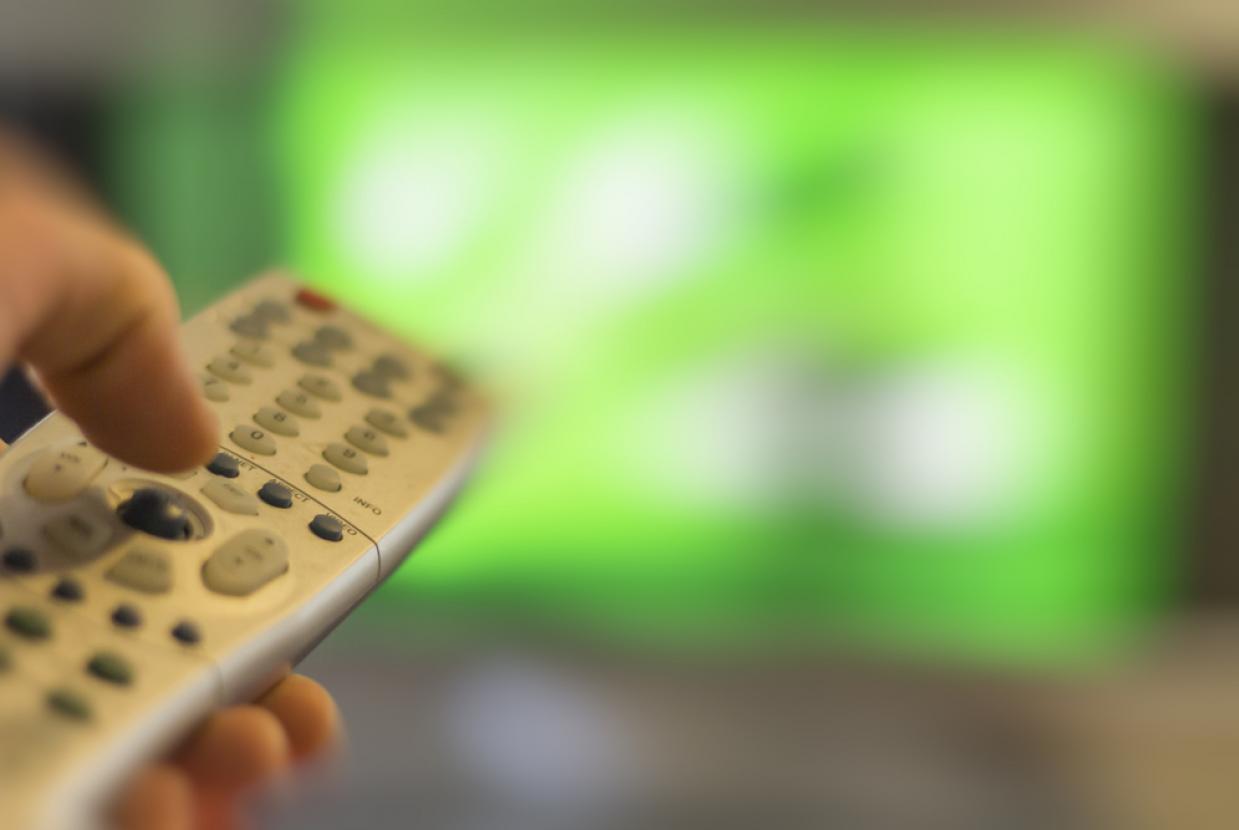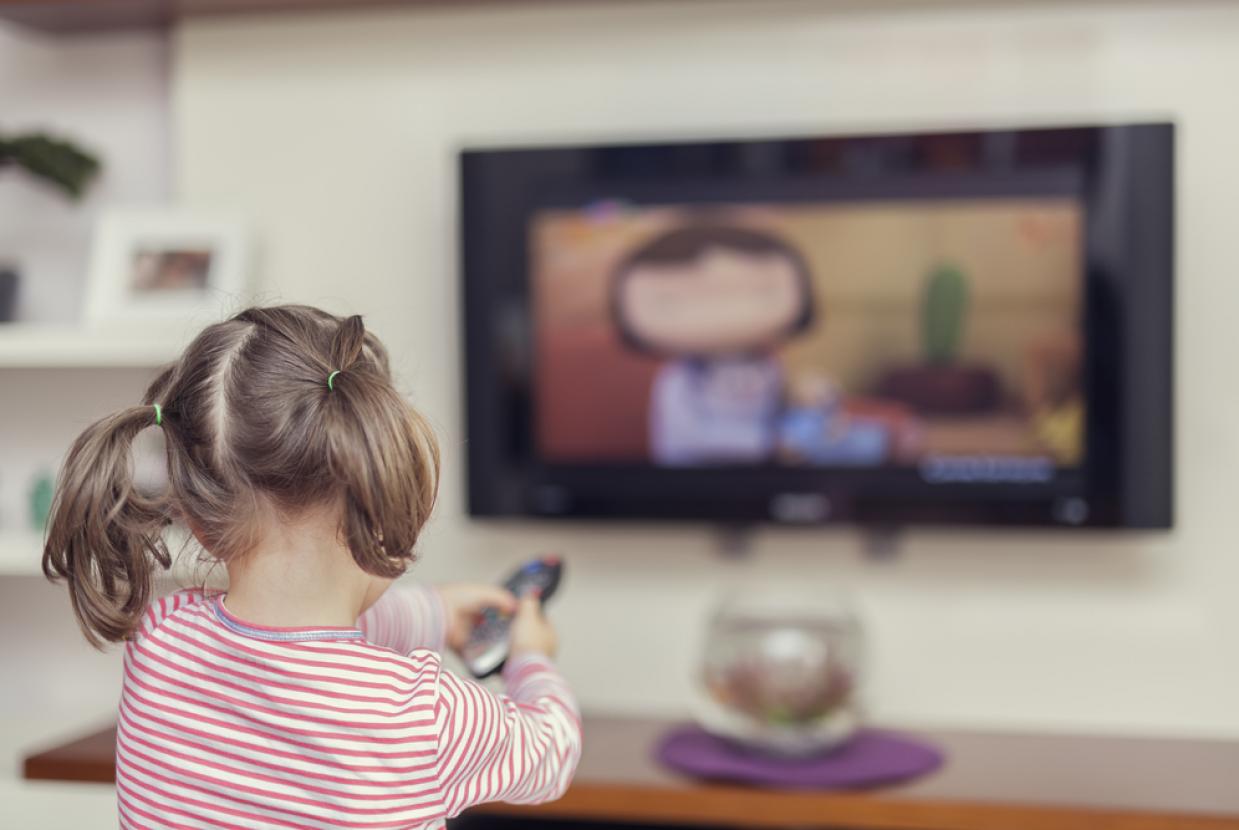Hearing Tests For Older Children
NHS
There are different types of hearing tests for children. The tests your child has depend on their age and development.
Tests they may have include:
- visual reinforcement audiometry – your child listens to sounds and is taught to link the sound to a visual reward, such as a toy or computer screen lighting up, by turning their head towards it
- play audiometry – your child listens to sounds and is asked to do a simple task, such as putting a ball in a bucket or completing a puzzle, when they hear the sound
- pure tone audiometry – your child listens to different sounds through headphones and presses a button each time they hear something
- tympanometry – a small device is placed in your child's ear to check how well the eardrum is moving and if there is any blockage behind it that may be interfering with their hearing
- bone conduction test – a small vibrating device is placed behind the ear which passes sound to the inner ear through the bones in the head to check which part of the ear is not working properly if your child is having hearing problems


